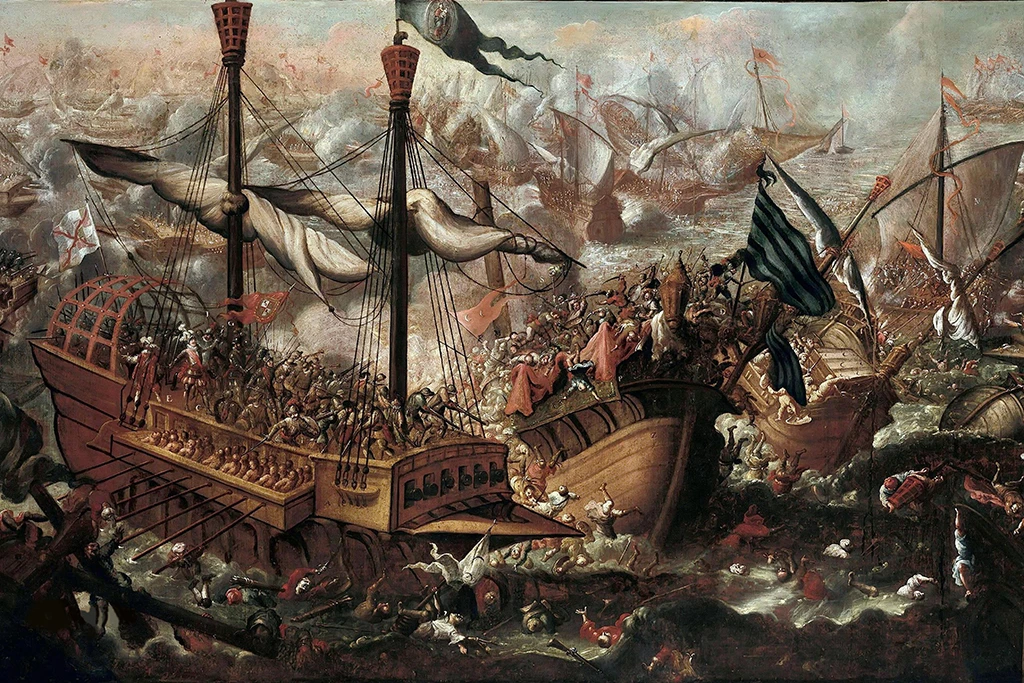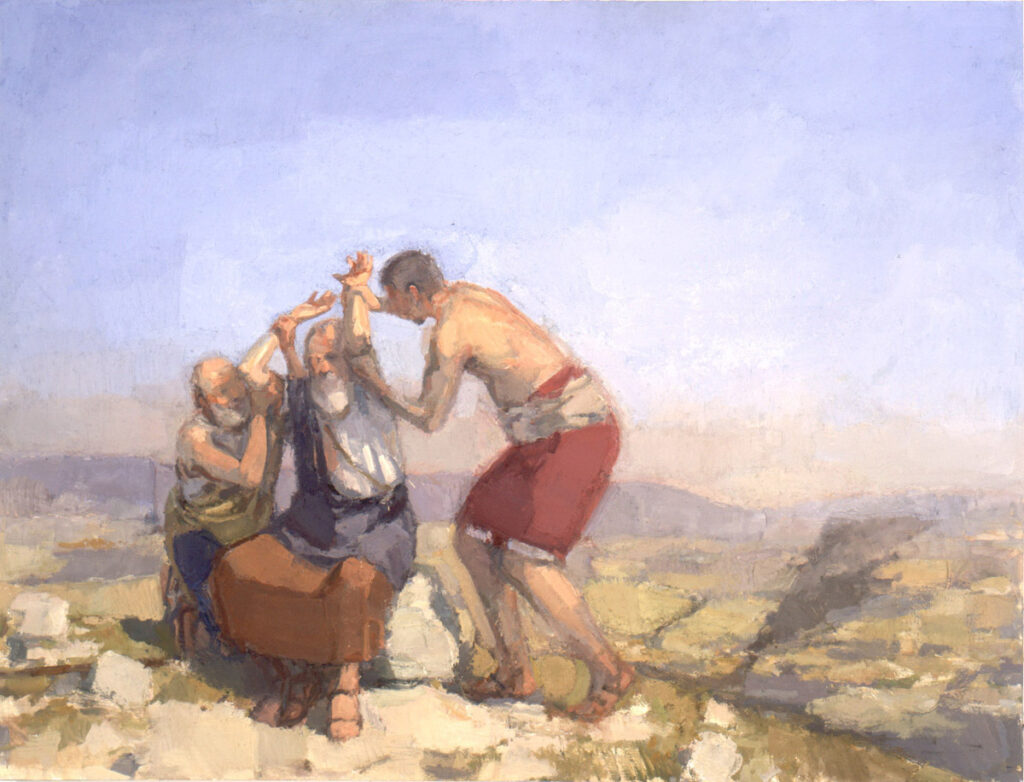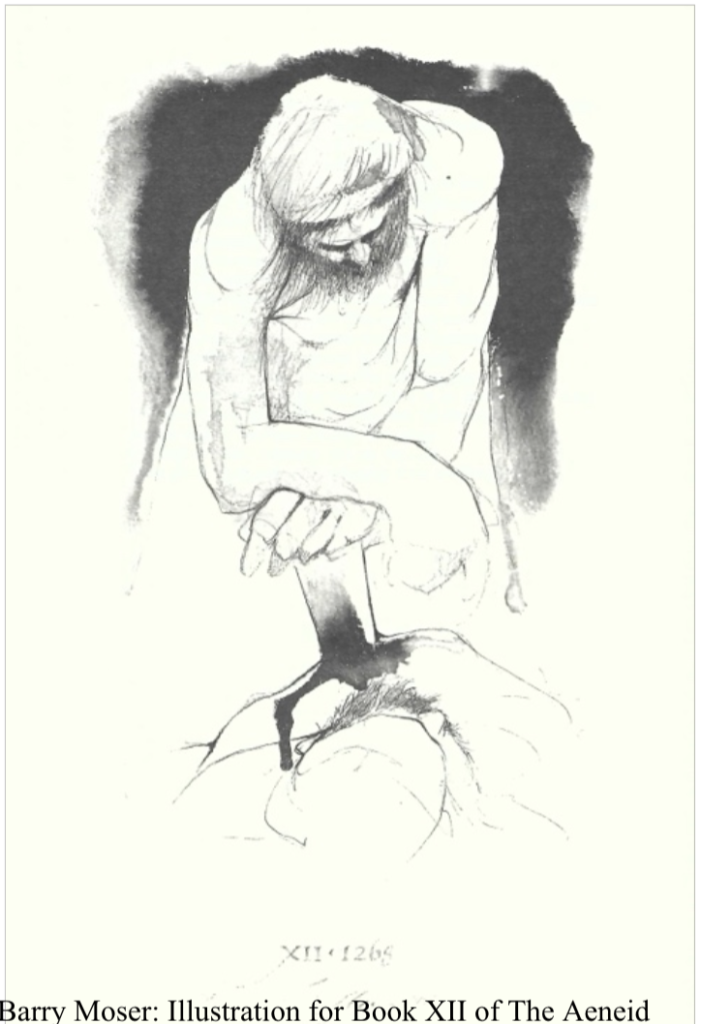Yesterday, October 27, was the day Pope Francis specified as a day of prayer for peace. My local parish, unencumbered by desire for moral clarity, invited all parishioners to a noon Mass followed by a special rosary for peace—in the abstract.
Refusal to take sides burlesques the famed events of 1571 when Christendom kept churches open and prayed the rosary during the Battle of Lepanto. Yes, Pope Pius V enjoined all Christians to pray. But not for peace. He called them to pray that the Holy League would defeat the formidable Ottoman fleet. However many rosaries were recited during the largest naval battle in Western history, Christians were not appealing for an indeterminate peace. They were pleading, heart and soul, for a concrete victory over the Ottoman Empire and a decisive halt to Muslim incursions into Europe.

The Holy League and Pope Pius V attributed victory to the intercession of the Virgin Mary. That chivalrous credit is a mainstay of Catholic sensibility. It pervades current prompts to the faithful to pray the rosary for peace in the Middle East. Yet we forget that Mary had strategic help from Western advances in arms manufacture. It is unlikely that the Christian forces could have won the Battle of Lepanto had it not been ahead of the Ottomans in the arms race of its day.
Perhaps our shepherds should read more military history.
The Ottomans relied on the lethal prowess of their much-feared archers. Western naval forces relied instead on advanced artillery, cutting edge design in warships, and line of battle tactics developed by the Portuguese. Their ships carried musketeers and arquebusiers—infantrymen with an arqubus, a kind of long gun. It was the first hand-held firearm, and was fitted with a trigger. John of Austria had the advantage of galleys and the firepower of newly devised galleasses. Large, fast, maneuverable warships, galleasses combined both sails—an innovation—and oars. Needing fewer oarsmen, these could mount more cannons. John, together with his fellow Roman, Venetian, and Genoese commanders controlled a far higher number of guns and cannons, plus greater capacity for ammunition. The papal states, members of the League, contributed outfitted galleys to the battle.
Lepanto marked that moment in naval history when the traditional hand-to-hand combat of boarding operations was being succeeded by heavy artilley. In 1571 cannons were the decisive weapons of war. And the Holy League had the numbers.

• • • • •
In a fanatical Muslim culture what distinguishes innocent civilians from Hamas? Who are the civilians in a society that weans its young onto hatred of non-Muslims and incites bloodlust for Allah’s sake? Where has innocence gone among children raised to glorify death and to achieve martyrdom for a messianic future cleansed of unbelievers?
Palestinian Media Watch publishes information that our mainstream media—to our peril—chooses to ignore. October 27 was the day set aside by Pope Francis for prayers for some undefined condition called peace. On the same day, the venue ran a brief article on a favorite game played by Palestinian children. “We’re playing ‘martyr,’ says a young girl. “The martyr is the beloved of Allah.” [Read the whole thing; follow interior links.]:
Four young Palestinian girls, approximately 4 to 6 years old, carry a younger girl around in an infant seat. It could be a normal children’s game. Only the infant seat represents a stretcher and the baby is the “dead Martyr.” The children are playing “the Martyr game.”
During the game, the girls giggle and praise the “Martyr” child because: “The Martyr is the beloved of Allah.”
This game, and the girls’ joy is the terrifying result of decades of PA education of Palestinian children to see death for Allah and “Palestine” as an ideal and a goal. Palestinian Media Watch has documented hundreds of statements elevating death as a Martyr to a supreme and praiseworthy goal, even for children.
In Fatah’s Waed magazine for 6-15-year-olds Palestinian children are taught: “We will die and Palestine will live.”
In 2002, at the height of the PA’s 5-year terror war against Israel (the second Intifada), PMW likewise exposed a video of young Palestinian boys playing “the Martyr game.” For over two decades nothing has changed.
The rotted fruit of Islamist incitement poisons whole families:
All the nattering about an imaginary “human family”—pious appeal to the brotherhood of man—signals a clerisy still in the grip of an Enlightenment hangover. Fraternité! Egalité! Heady stuff, it was heard first in the shadow of the guillotine. Even now churchmen thrill to the sound of it. Still groggy, our shepherds waffle. Clear distinctions between the slaughtered and their slaughterers, between raw sadism and the tragic necessities of self-defense scandalize soft men drawn to the utopian fallacy of Pacem in terris: that conflicts “should not be resolved by recourse to arms, but rather by negotiation.”
Not everything can be negotiated. Religious imperatives top the list of non-negotiables. Good will is not universal. East of Eden there is enmity and malevolence. Divinely mandated killing cannot be mediated. There are no grounds for compromise with a terrorist state obliged to annihilate its neighbor to gratify Allah.
• • • • •
There is an old midrash that applies to jurisprudence as well as to geopolitics: “One who becomes compassionate to the cruel will ultimately become cruel to the compassionate.”

NOTE: Consider sending your pastor a copy of John F. Guilmartin’s classic study Gunpowder and Galleys: Changing Technology and Mediterranean Warfare in the Sixteenth Century (revised edition).
Also, Gil Bailie appended the exquisite Moser drawing (above) to his essay “There Will Be Tears.”



